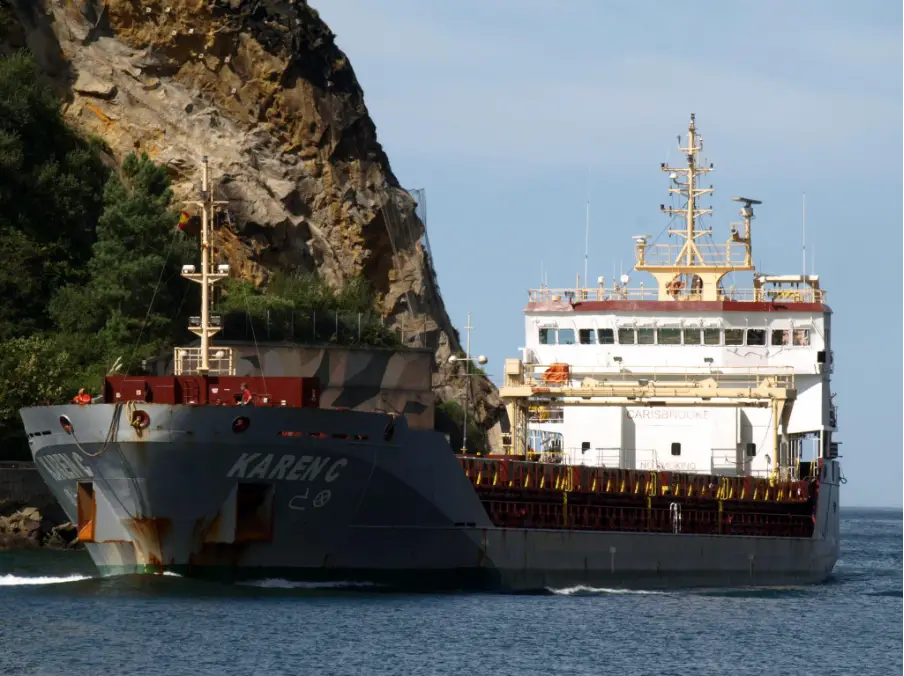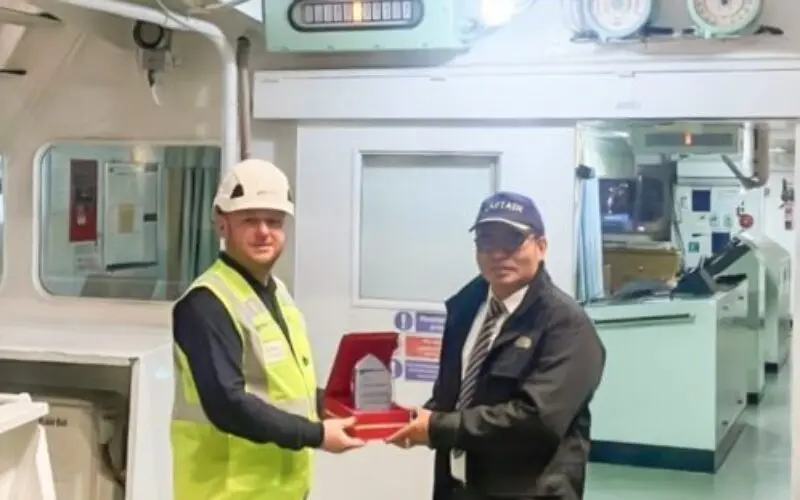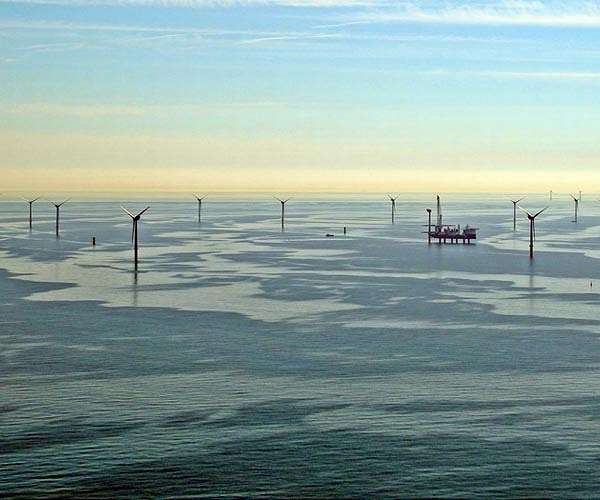
Bit by bit, Germany is beginning to expand its refueling network for hydrogen-powered commercial vehicles. The country’s existing 93 hydrogen stations, managed by H2 Mobility, are primarily designed for fuel cell automobiles and lack the capacity needed to fill up multiple trucks and buses. However Jan. 11, 2023, saw the opening of one of Europe’s highest capacity hydrogen refueling stops in Berlin, signaling the start of infrastructure build-out for hydrogen trucks.
At the new Tempelhofer Weg hydrogen station in Berlin, 850 kilograms of hydrogen can be dispensed on a daily basis – a great deal more than at previous forecourts. The main takers will initially be BSR refuse vehicles (currently 6 and increasing to 24) but also 200 Toyota Mirai from H2 move Berlin which will be ferrying Uber passengers across the German capital until summer 2023 (see H2-international, February 2023) as well as Hylane hydrogen trucks.
This fuel stop, which received EUR 1.3 million in funding from the German transportation ministry, represents the start of Germany’s planned nationwide expansion of further medium and large hydrogen refueling stations. Nikolas Iwan, managing director of H2 Mobility Deutschland, announced: “By the end of 2023 it will be possible for hydrogen trucks to refuel in all regions of Germany. Our aim is to add as many as 120 further sites across Germany over the next four years.”
“Hydrogen-powered vehicles will come into use only when hydrogen refueling stations are widely available. […] We have to decarbonize, become CO2 free, while still remaining mobile.”
German transportation minister Volker Wissing
“We are now seeing the speed we could have done with years ago.”
Kurt-Christoph von Knobelsdorff, NOW managing director
“Green hydrogen will soon be cheaper than fossil-based hydrogen.”
Nikolas Iwan, H2 Mobility managing director
“Our rental customers have been driving hydrogen trucks in Germany since the end of last year. The build-out of refueling infrastructure gives our customers increasing flexibility when planning their routes and ensures a reliable supply of hydrogen through regional redundancy. That’s important because we especially need more vehicles with sustainable power systems in heavy-duty transportation in order to meet climate protection targets.”
Sara Schiffer, Hylane managing director
In October 2022, a new refueling station for trucks, buses and cars at the APEX Group in Laage near Rostock entered service. The station offers green hydrogen that is produced electrolytically on site. The daily capacity of around 450 kilograms allows two heavy-duty vehicles and three automobiles to be filled back to back. The volume of investment into the facility runs to approximately EUR 3 million.
A much bigger refueling station is planned for Neumünster. Grant approval was given, again in October, to Hypion for the building of a hydrogen filling station here that is capable of supplying up to 2,000 kilograms of hydrogen a day, for example to the trucks of project partner Edeka. EUR 4.9 million will be provided for its construction from the German transportation ministry’s “climate and transformation fund.” The total investment will be tens of millions of euros.
Further to the north of Germany, two fuel stations are set to be erected on the A1 expressway near Lübeck and on the A7 near Schleswig as part of the European GREATER4H funding project. Both locations belong to the STRING region which extends over the German border to Denmark, Sweden and Norway. The GREATER4H initiative was got off the ground by the German state of Schleswig-Holstein and is being seen through by three private partners – GP Joule, Everfuel and Hynion. Commissioning of the two stations, which will have a capacity of at least 1 metric ton of hydrogen per day, is planned for either the end of 2024 or the beginning of 2025.
Building work on the mobility hub of fuel station operator MaierKorduletsch on the premises of the Paul Group began in September 2022. From mid-2023, the Shell station in Passau will be able to supply vehicles of all propulsion types – including the consecutive refueling of up to 10 hydrogen trucks – and will have a daily hydrogen capacity of 2,000 kilograms.
Global plans for new hydrogen stations
At an international level, too, plans are afoot to increase hydrogen infrastructure. Phillips 66 and H2 Energy Europe founded a joint venture in 2022 that aims to build up to 250 hydrogen stations in Germany, Austria and Switzerland under the Jet brand by 2026. Added to that, in February 2023, TotalEnergies and Air Liquide announced their intention to install over 100 stations for heavy-duty vehicles in Europe and establish its own joint venture for that purpose.
What’s more, an increasing number of compressor manufacturers are concentrating on fuel station construction (see H2-international, February 2023). At the close of 2022, for instance, Maximator Hydrogen announced its goal of installing 24 hydrogen stations as part of the REH2 project in Sweden. The first refueling station for trucks is slated for delivery in fall 2023 and is set to use green hydrogen exclusively, principally produced from wind and local hydropower. Further stations, particularly at the sites of Sweden’s largest chain of rest areas – Rasta – are due to follow each month from 2024 until the end of 2025.
In South Korea, the JeonjuPyeonghwa hydrogen filling station went operational early this year, the first of 35 hydrogen stations that Kohygen is planning to build in the country in the run-up to 2025. The station has a dispensing capacity of 300 kilograms of hydrogen an hour, enabling up to 100 buses or trucks to be refueled daily. Globally there were a total of 814 hydrogen fuel stations in operation at the end of 2022.
More electric commercial vehicles
Transportation minister Volker Wissing reckons that, in 2030, three quarters of newly approved commercial vehicles with a gross weight greater than 12 metric tons will be zero emission, their energy being supplied by either a battery or a fuel cell. According the German government’s targets, a third of the miles covered by heavy goods transport is expected to be done so electrically by 2030.
Author: Sven Geitmann








